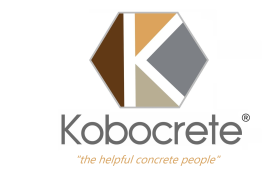Cast stone is a concrete product simulating natural-cut stone and is used in architectural applications. Cast stone is used for architectural features such as trim, ornament, facing buildings or other structures. Cast stone can be made from white and/or grey cements, manufactured or natural sands, crushed stone or natural gravels, and colored with mineral coloring pigments. Cast stone may replace natural-cut limestone, brownstone, sandstone, granite, slate, and other natural building stones.
History of Cast Stone
Cast stone has been a prime building material for hundreds of years. The earliest known use of cast stone dates at about 1138 at Carcassonne, France, the city which contains the finest remains of medieval fortification in Europe. Cast stone was first used extensively in London in the 19th century and gained acceptance across America in 1920.
Physical Properties of Cast Stone
Today, cast stone is a Portland cement-based architectural precast concrete product manufactured using high quality fine and coarse aggregate as its primary constituents. The use of a high percentage of fine aggregate creates a very smooth, consistent texture for the building elements being cast, resembling natural cut stone. Cast stone frequently is produced with a low water-to-cement ratio mixture with a “dry” (or “earth moist”) consistency. The mixture is consolidated into a mould using an air-driven, or electric, tamping device or vibration under pressure, which is much like the formation of natural sedimentary rock. Products manufactured in this manner are referred to as vibrant-dry-tamped (VDT) cast stone.
